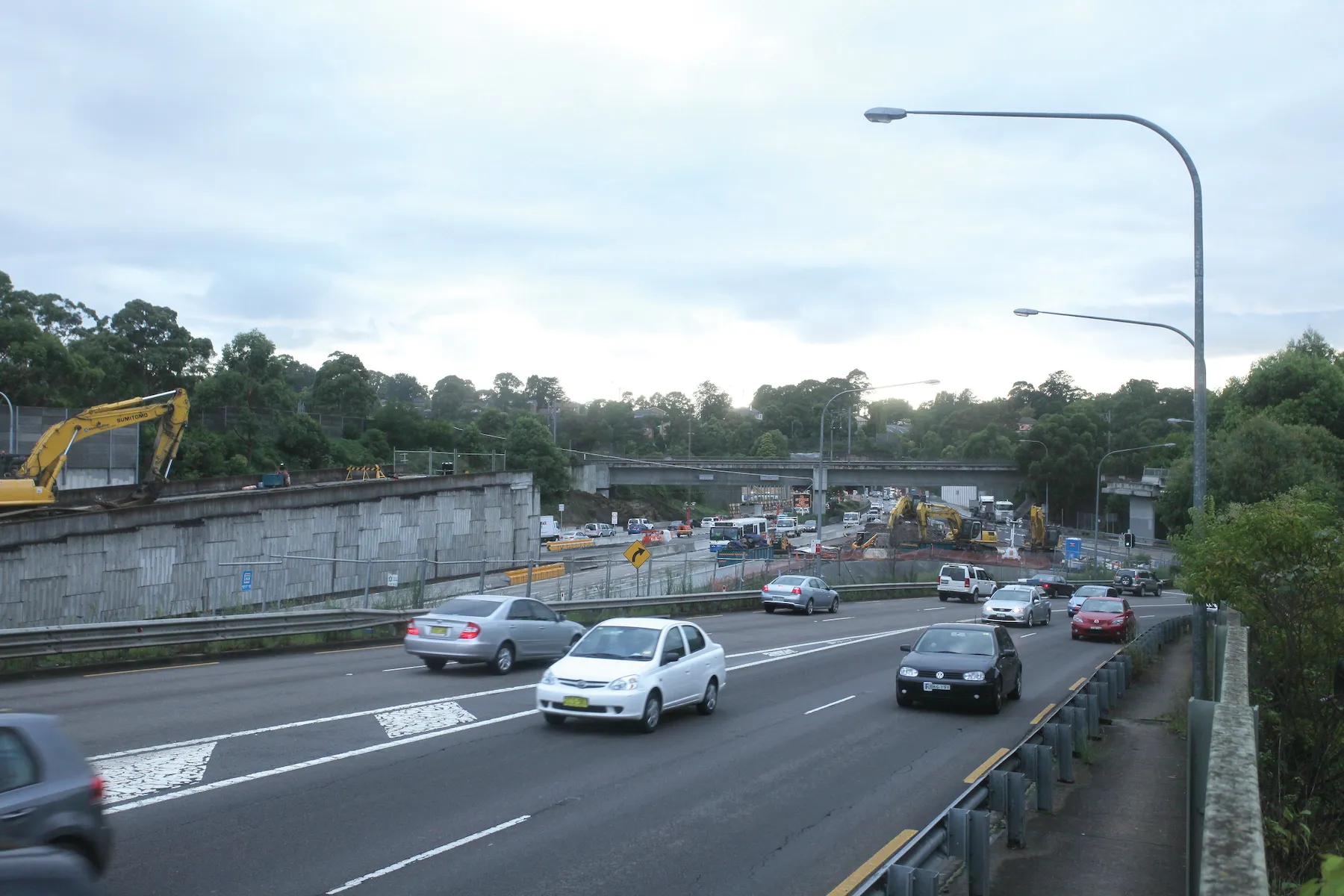The City of Austin, Texas, has awarded a contract to Parsons Brinckerhoff for the development of a transportation corridor plan along an 18.5km section of IH 35 in central Austin. A variety of potential highway, transit, bike and pedestrian improvements are anticipated to be generated from a process which will apply a context sensitive process involving a wide range of agency and public stakeholders.
March 21, 2012
Read time: 1 min
The City of Austin, Texas, has awarded a contract to








